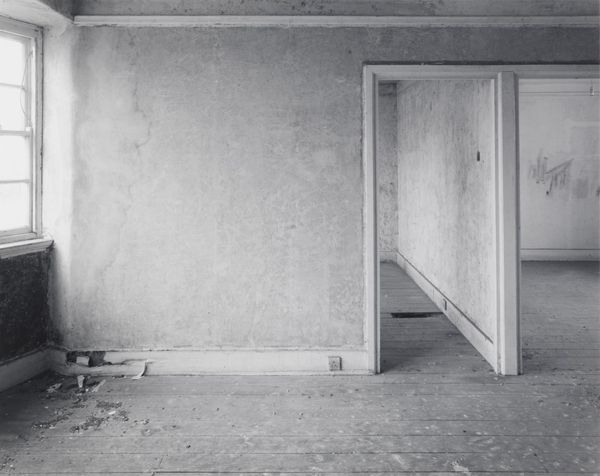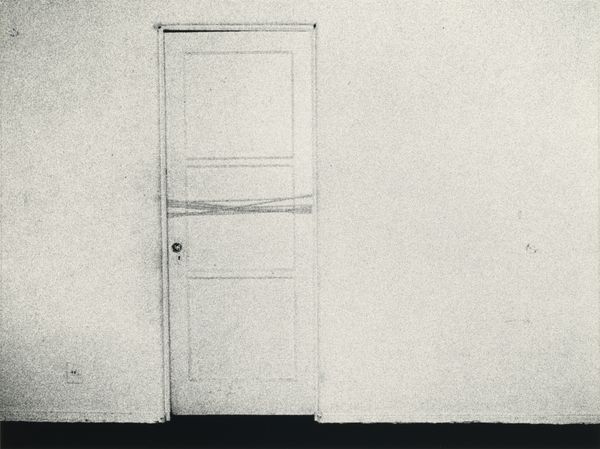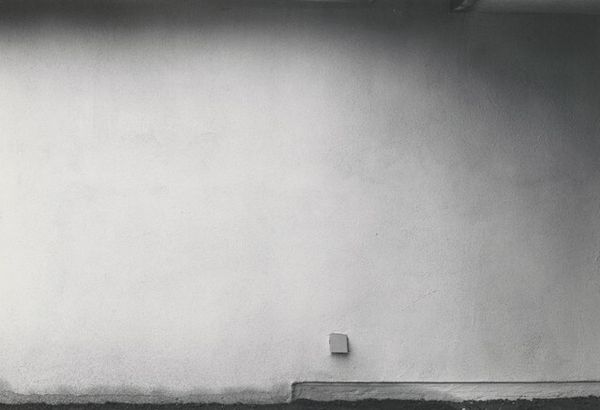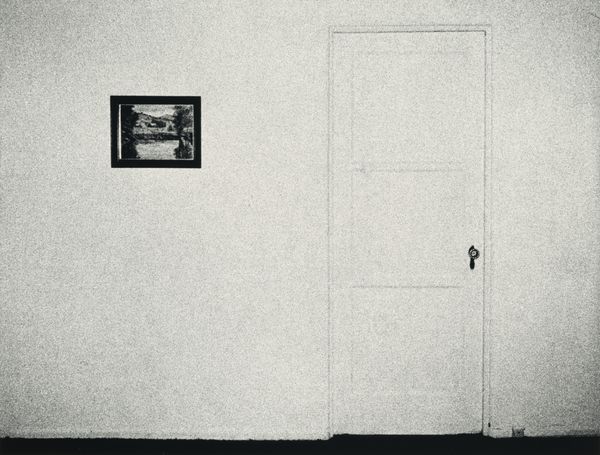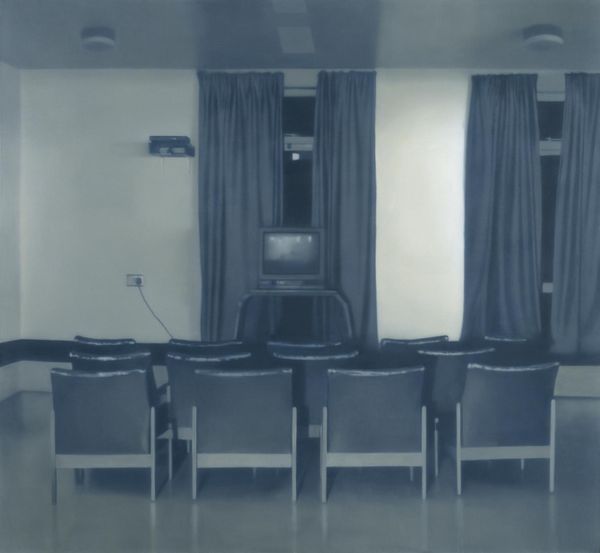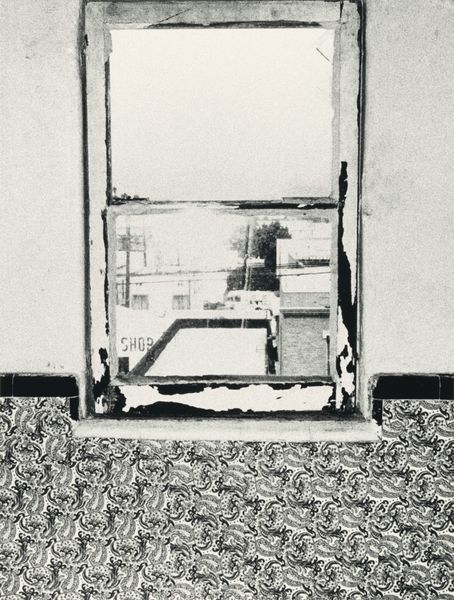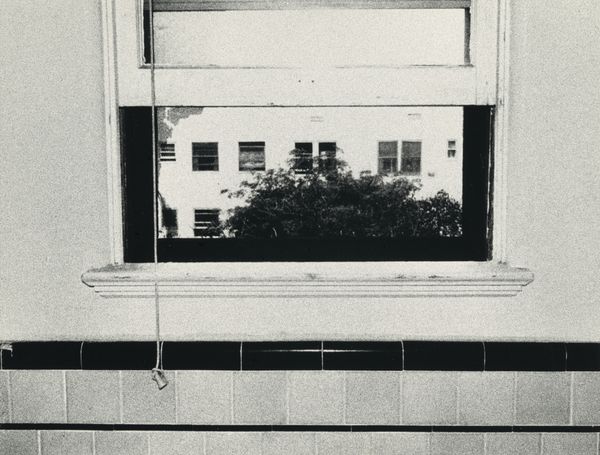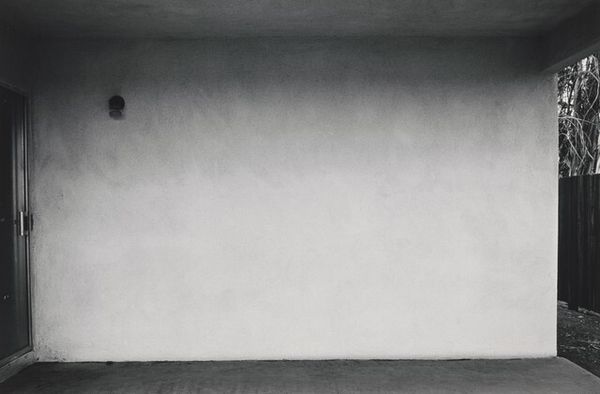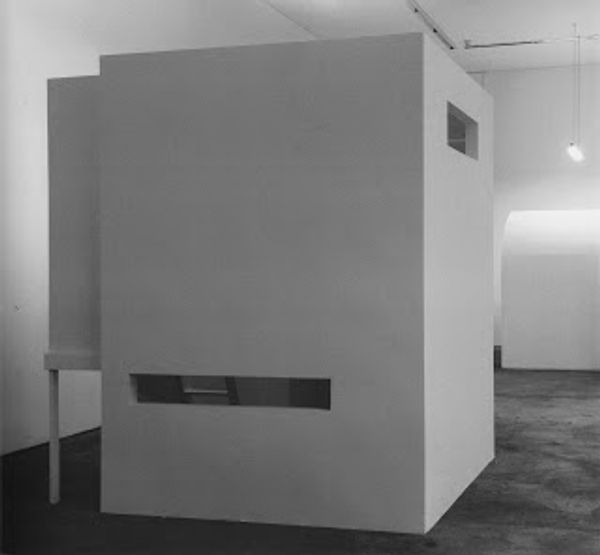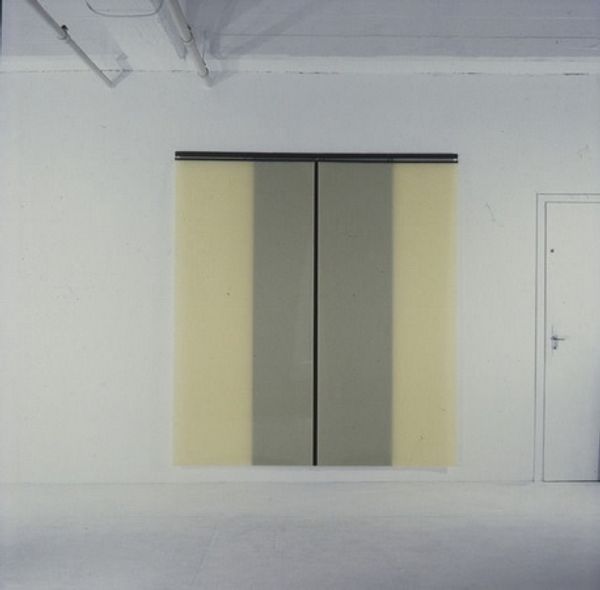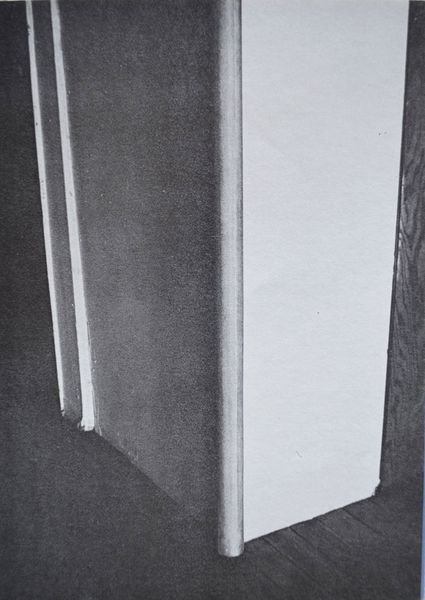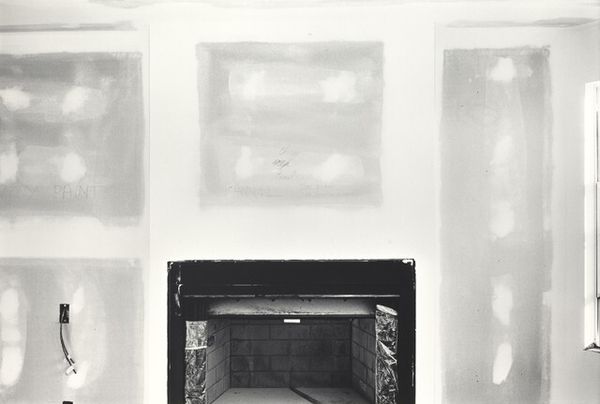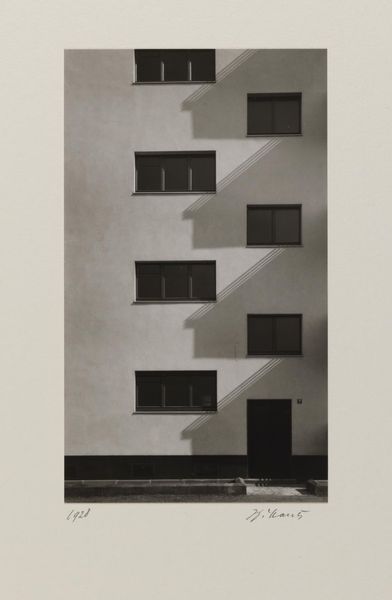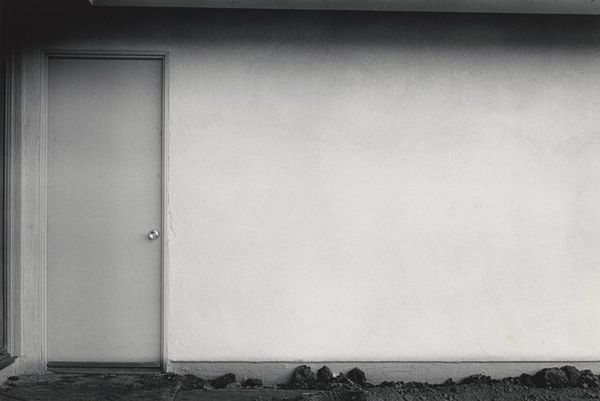
sculpture, site-specific, installation-art
#
grey tone
#
sculpture
#
sculptural image
#
form
#
geometric
#
column
#
sculpture
#
site-specific
#
installation-art
#
line
Copyright: www.guiadegrancanaria.org
Curator: Francis Naranjo’s site-specific installation "Naturaleza soportada," created in 1997, immediately evokes a sense of minimalist severity with its use of geometric forms. What are your initial impressions? Editor: The monochromatic palette and the stark verticality of these column-like structures create an almost unsettling quietude. It makes me think about the burdens architecture carries, literally and figuratively. Is this space supporting something? What exactly is being supported? Curator: Naranjo’s practice consistently engages with the architectural and social histories embedded within specific locations. It challenges the conventional viewing experience by blurring the lines between the artwork and its surroundings. In the broader context, this work speaks to how space can dictate societal narratives. Editor: Precisely. The modification of existing architecture highlights the inherent power dynamics within these environments. Are we meant to feel comforted by these structured forms, or is there a latent critique about the rigidity and control architecture imposes? Curator: Considering the period in which it was created, do you think it reflected broader trends within the art world, perhaps as a response to evolving social-political climates? Editor: Absolutely. In the late 90s, there was an increasing focus on site-specific installations as a form of resistance to traditional gallery spaces. Artists were actively challenging the commodification of art by creating pieces deeply embedded in the locale’s historical narrative and community—interrogating institutional power from within. Curator: Exactly, the piece exists because of the space it occupies; therefore, it transforms the reading of its immediate socio-historical context, blurring boundaries. Editor: For me, Naranjo's work makes the invisible visible, prompting viewers to reconsider the narratives that are woven into the spaces we inhabit daily, questioning the assumed neutrality of architecture itself. Curator: I think this piece effectively encourages audiences to reevaluate their relationship to the built environment, acknowledging that even minimalist gestures can incite deeper dialogue about socio-political forces at play. Editor: And hopefully, that’s a conversation that extends beyond the walls of this space and permeates into our broader social consciousness.
Comments
No comments
Be the first to comment and join the conversation on the ultimate creative platform.
